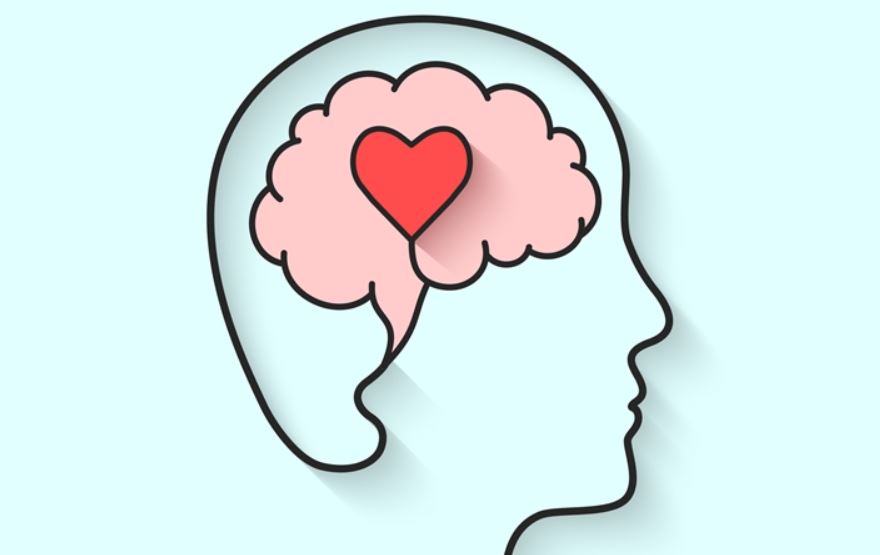As of the year 2020, the Earth hosts a massive 7.8 billion people and is expected to reach 9.9 billion by the year 2050 (PRB.Org, 2020). That is a lot of people—family, friends, partners, and strangers. However, studies conducted throughout the world show consistent results in increasing mental health issues across all age groups, but mainly among adolescents and young adults. An article published by the American Psychological Association using over 200,000 adolescents (ages 12 – 17) and young adults (ages 18 and over) from 2005 to 2017, has shown an increase in mental health-related symptoms by 52% and 63% respectively (Twenge, Cooper, Joiner, Duffy, & Binau, 2019). These are alarming statistics. Even more so, the socio-cultural impact these mental health problems cause is irreparable and oftentimes could result in a snowball effect. On a global scale, mental health-related issues are estimated to be the fifth-largest contributor for illnesses with an economic cost of US $2.5 trillion in 2010 and are expected to double by the year 2030 (Conway & O’Connor, 2016). All these socio-economic implications hint at a dire need for immediate investigation and resolution of causes for mental health issues among people.
Effects of Social Media on Mental Health Among the Youth
Social media, such as Facebook, Twitter, Instagram, etc., play a massive role in the daily life of most of us. Social media helps us connect with people across the globe and keeps us closer to each other than ever before. Despite daring odds (i.e. population growth, the prevalence of social media, improvement of quality of life) people, especially the youth, are prone to mental health issues more than ever. Research conducted on this subject has produced conflicting findings. Research conducted by Chloe Berryman and Christopher J. Ferguson has concluded that social media was not predictive of impaired mental health functioning among youth (Berryman, Ferguson, & Negy, 2017). However, other studies have concluded a link between the use of social media and the deterioration of mental health among the youth (Fraga, da Silva, & Murai, 2018) (Elmer, 2019) (O’Reilly, et al., 2018).
Most brilliant inventions are double-edged swords. Use them the way they were intended for and reap benefits or use them differently and face negative consequences! One of the main pitfalls of social media is our inability to separate the reality from the filtered-social-media-version. Social media of an individual is the highlight reel of their life, relationships, and accomplishments. However, there is a lot of “edited” scenes that did not make it into their social media profile. These are the not-so-pretty behind the scenes that resulted in the final outcome that made it into the highlight reel. But social media users, especially the youth, are unable to comprehend or even accept this reality. Wearing these rose-colored glasses, the social media experience becomes a constant comparison of your reality versus their highlight reel and this is not a battle that can be won. And we keep on putting ourselves down, and down.
One of the biggest misuses of social media is cyberbullying. Studies have shown that a staggering 40%-60% of youth have experienced some form of cyberbullying during their online interactions (UNICEF, 2019) (Anderson, 2018). With cyberbullying found to have a positive correlation with suicide, depression, emotional trauma, and social anxiety, this is one aspect of social media that needs to be controlled. Staying away from the Internet is a near-impossibility in this day and age, and is not the solution for this social problem. While authorities have the responsibility to prevent and investigate instances of online harassment, educating the youth about these possibilities and how to tackle them are more effective pieces of armor for them.
Another downside of social media is the fact that people tend to associate themselves with like-minded people and communities. It is not surprising to find a person with suicidal tendencies connecting with a group with similar tendencies as the person may feel like they are ‘understood’ here. However, without proper guidance within such groups and communities, the chances of these people finding actual solutions to their issues are scarce. This is why such individuals should seek out or be guided towards professional support and care.
You Are Not Alone!
What you have gone through is real. And what you feel is real. Your mental health is the most important asset you have to protect and invest in. The fact that you are reading this right now is proof that you are on the right track, and the courage to do the right thing comes within.
If you feel like nobody was able to help you, know that it is not your fault. But, it does not have to be that way anymore. There’s plenty of help out there, and…
